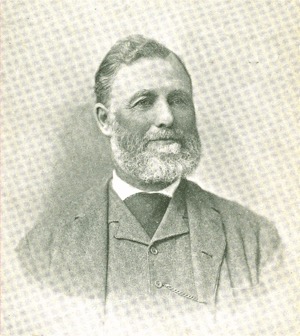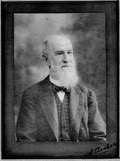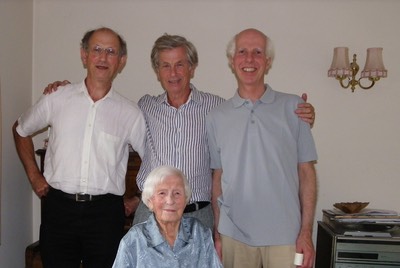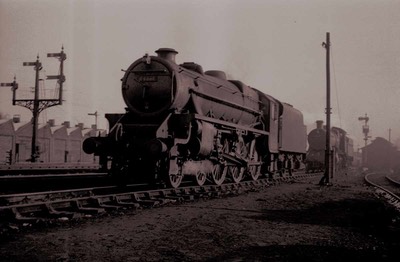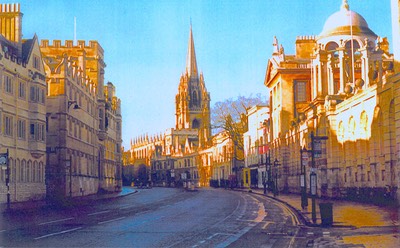“UDL People”:
Here are the names of Technical Assistants and/or Consultants (meaning persons, not employees of the firm, who did some of the firm’s UK work) in the early years after the firm called itself UD&L. Some of these T/As or Consultants appear to have been chosen to exhibit a degree of eccentricity at least matching that of the proverbial ‘mad inventor’ with whom (the public knows) patent agents have to deal in their day-to-day work. So perhaps the choice was understandable! This information was culled from various sources:
1. John Hetherington: Used to visit UDL Leeds Office (perhaps he was a local Leeds sole-practitioner) to pick-up work) in the late 1940s, at the time when John Selby had fallen sick and was off work for months. John Selby was one of those people who kept on taking finals but not passing; he probably never did pass. Leeds office provided minimal scope for proper supervised training for a new employee like Mike Wisher who had commenced there in those days;
2. Tony Reid-Clarke: Was a qualified sole practitioner with (at the relevant time) an office in Kingsway, London, and Peter Lord gave him a lot of the Rank Hovis McDougall (RHM) work to do, including all the A3/5 (now known as "Quorn") cases. That was UDL’s then biggest foreign order - 52 countries! Eventually Reid-Clarke got fed up with doing the work for UDL and persuaded RHM to transfer it directly to him. They did, and Peter Lord was livid! This is the well-known risk of a policy of sub-contracting work to consultants in this way - you can easily lose an important client if you don’t keep within the firm something that the client sees as vital.
3. Frank May: Worked from his home in Hoddesden, north London, and was married to his secretary and dictated specifications directly to her, which she took down in shorthand, in the days before dictation machines. Peter Lord thought very highly of him as a Technical Assistant. It’s said that he never took any examinations. He was older than Peter Lord.
4. Walter Sonnenberg-Norton: Was German and believed to have been a fugitive from the Nazis. But one source says he was rather ponderous. UDL took him on when it opened a Munich Office (around the time of opening of the European Patent Office in Munich, in 1978), thinking he would be useful. This proved not to be so. Dr Sonnenberg Norton is believed to have trained as a judge in Germany and actually to have tried a murder case. More importantly (one source says) he had duelling scars from Heidelberg university where he had studied - ‘which cannot be said about many of the firm’s TAs’!
5. (First name not known) Hollis: Was a chemist and who had written one the standard books on Patent Practice. The firm had a copy signed by him which was passed-on within the firm.
6. Peter Lambert: Lived in an old shack in the middle of Brightling Park in Sussex. He appeared to live the life of a hermit and was more than somewhat dilatory about completion of work assigned to him. But this was in the days when it was possible to get an inexhaustible sequence of extensions of time for answering official letters, and he made full use of this flexibility. A real eccentric.
7. Geoffrey Tucker: Lived in north London. Another eccentric, but whose technical work was reckoned (according to a particular source) to be well up to finals-examination standard, despite apparently never qualifying.
Other names have probably been lost in the mists of time.
“The People”:
This was the way Mrs Ruth Dykes, wife of ‘the boss’ i.e. WUD himself, referred to the staff of the firm. So presumably, if she wanted to say something like ‘Well, if you want to know where to go for the firm’s Christmas lunch, why not ask the staff?”, she would have said “….why not ask the people?”. Nice touch. Not sure what it signified. But she had never, I believe, actually worked within the firm.
Ruth Dykes was born as Pauline Ruth Hegarty, the daughter of Dr Hegarty of Clonbur, County Galway, and Bill had met her over there in Ireland in 1919 when his squadron of the Royal Flying Corps was posted there to carry out a security role, not least with respect to Sinn Feinn, after WW1 service in Flanders. Ruth Dykes, like Bill, raced Alvis cars with great success at Brooklands and elsewhere, and was quite famous for that. Bill (her husband) and Peter Lord (his business partner) always used to refer to her as “Weeshe” - perhaps (depending how you pronounce it), referring to the speed with which she travelled! She died on 9th April 1981, in Cobham, Surrey, a couple of years, or so, after Bill. So, my time with UDL, beginning in March 1980 at least overlapped a little with her life. (pba.02.02.2016.NZ).
